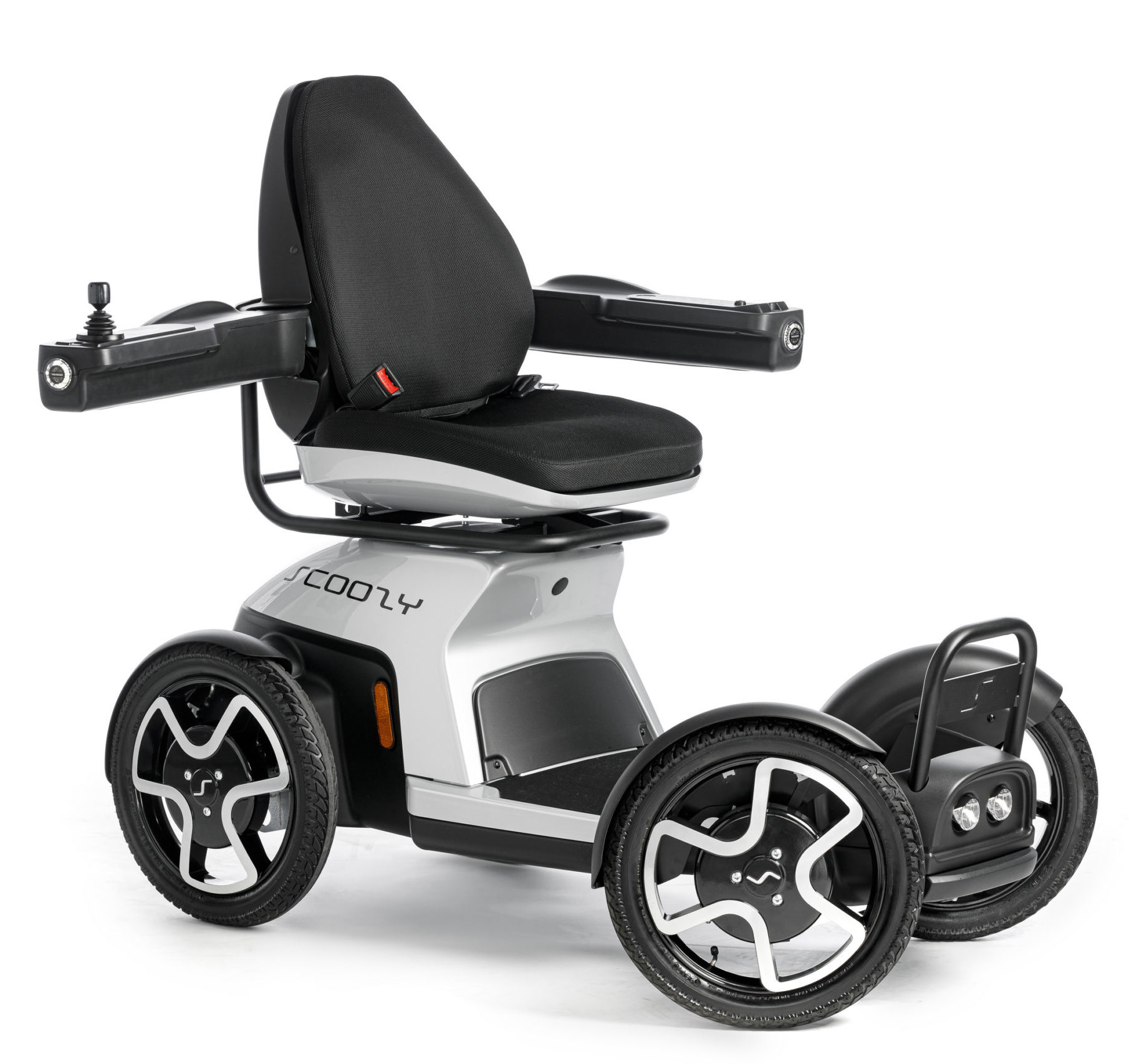5 Benefits of Lithium Batteries in a Mobility Scooter
1. Longer Lifespan and Less Maintenance
Lead-acid batteries are cheap but have a much shorter lifespan compared to lithium batteries. While a lead-acid battery usually lasts only 300 to 500 charge cycles, a lithium battery can last up to 3 to 4 times longer, with up to 2000 charge cycles. This means a lithium battery is cheaper per mile in the long run, despite the higher initial investment.
Furthermore, lithium batteries are less sensitive to misuse. Lead-acid batteries require stricter maintenance and must always be charged correctly; otherwise, their lifespan can dramatically decrease. Lithium batteries maintain their capacity much longer, even if not always perfectly charged.
2. Fast Charging and Efficient Energy Use
Lithium batteries charge much faster than lead-acid batteries. Lead-acid batteries require an absorption phase to charge the final 20% of their capacity, making them slower. In contrast, a lithium battery can charge quickly up to 100%, which is convenient when you need to use your mobility scooter again quickly.
Additionally, lithium batteries are far more energy-efficient than lead-acid batteries. While the charging efficiency of lithium batteries is almost 100%, lead-acid batteries often have an efficiency around 85%. This means you get more energy out of each charge with a lithium battery.
3. Lighter and Easier to Use
Another big advantage of lithium batteries is their weight. A lithium battery is up to four times lighter than a lead-acid battery with the same energy capacity. This not only makes your mobility scooter easier to handle, but it also uses less energy to cover the same distance, resulting in a greater range.
4. Better Energy Storage and Durability
Lithium batteries store energy more efficiently and last longer, meaning you won’t need to replace your battery as often. This makes them more sustainable, both for the environment and your wallet. The longer lifespan of a lithium battery means you’ll spend less on replacements in the future, offsetting the initial higher price.
5. Better Performance in Cold Conditions
Although both lead-acid and lithium batteries lose capacity in cold temperatures, the loss is much less noticeable with a lithium battery. A lithium battery retains about 80% of its capacity at -20°C, whereas a lead-acid battery retains only 30%. This makes lithium batteries the better choice for colder climates.
3 Drawbacks of Lithium Batteries in a Mobility Scooter
While lithium batteries offer many benefits, there are also some drawbacks to consider.
1. Damage from Charging in Low Temperatures
What many people don't know is that when braking with a mobility scooter, energy always flows back into the battery. In a lead-acid battery, this energy is often lost as heat, but a lithium battery actively tries to store it. This means that you are essentially charging the battery while braking. The downside is that this can be harmful to the battery if you do it when the battery's core temperature is below 0°C.
Scoozy mobility scooters are equipped with a temperature sensor that warns you when it is too cold to charge the battery, ensuring you always know when it is safe to connect the battery charger. Additionally, the maximum driving speed is limited to prevent battery damage caused by braking. Many other mobility scooters with aftermarket lithium-ion batteries do not have these protective measures, making them more vulnerable to damage.
TIP: Store your mobility scooter in a warm place. Since the battery is made of metal and changes temperature slowly, you can ride safely even when it's below freezing outside, as long as your scooter comes from a heated environment. Watch this video to see how the Scoozy performs well in -12°C wind chill when coming from a warm environment (19°C).
2. Compatibility with Some Mobility Scooters
Not all mobility scooters are suitable for lithium batteries. Compatibility with many models is limited, meaning adjustments such as rewiring and changing the charger may be needed for the battery to function correctly.
3. Fire Risk from Damage or Improper Charging
While rare, there is a small risk of fire if the lithium battery gets damaged or is improperly charged. It's crucial to always use a reliable charger and ensure the battery isn’t left on the charger too long. It's also important to have your battery regularly checked for maintenance to spot any potential damage or wear early, preventing risks from damaged batteries.
Conclusion: Is a Lithium Battery the Best Choice for Your Mobility Scooter?
Whether a lithium battery is the best choice for your mobility scooter depends on your specific needs and budget. If you're looking for a lighter, more durable, and efficient battery, investing in a lithium battery is definitely worthwhile. This type of battery offers a longer lifespan, faster charging, better energy efficiency, and better performance in cold environments.
However, if you have a more limited budget or don’t use your scooter intensively, a lead-acid battery may still be a suitable option. But for those seeking more flexibility, a longer range, and reliable performance, a lithium battery is an investment worth making.
With a lithium battery in your mobility scooter, you can explore the world without worry, going anywhere you want!
The Scoozy Lithium Battery: Reliability and Range
Scoozy mobility scooters come standard with a lithium battery. While this might seem like a larger investment initially, it offers the assurance of a longer lifespan, less maintenance, and better performance. With the Scoozy lithium battery's greater range, you can travel up to 50 km without worry. Need even more range? The C model allows you to add a second battery for a total range of up to 100 km!
